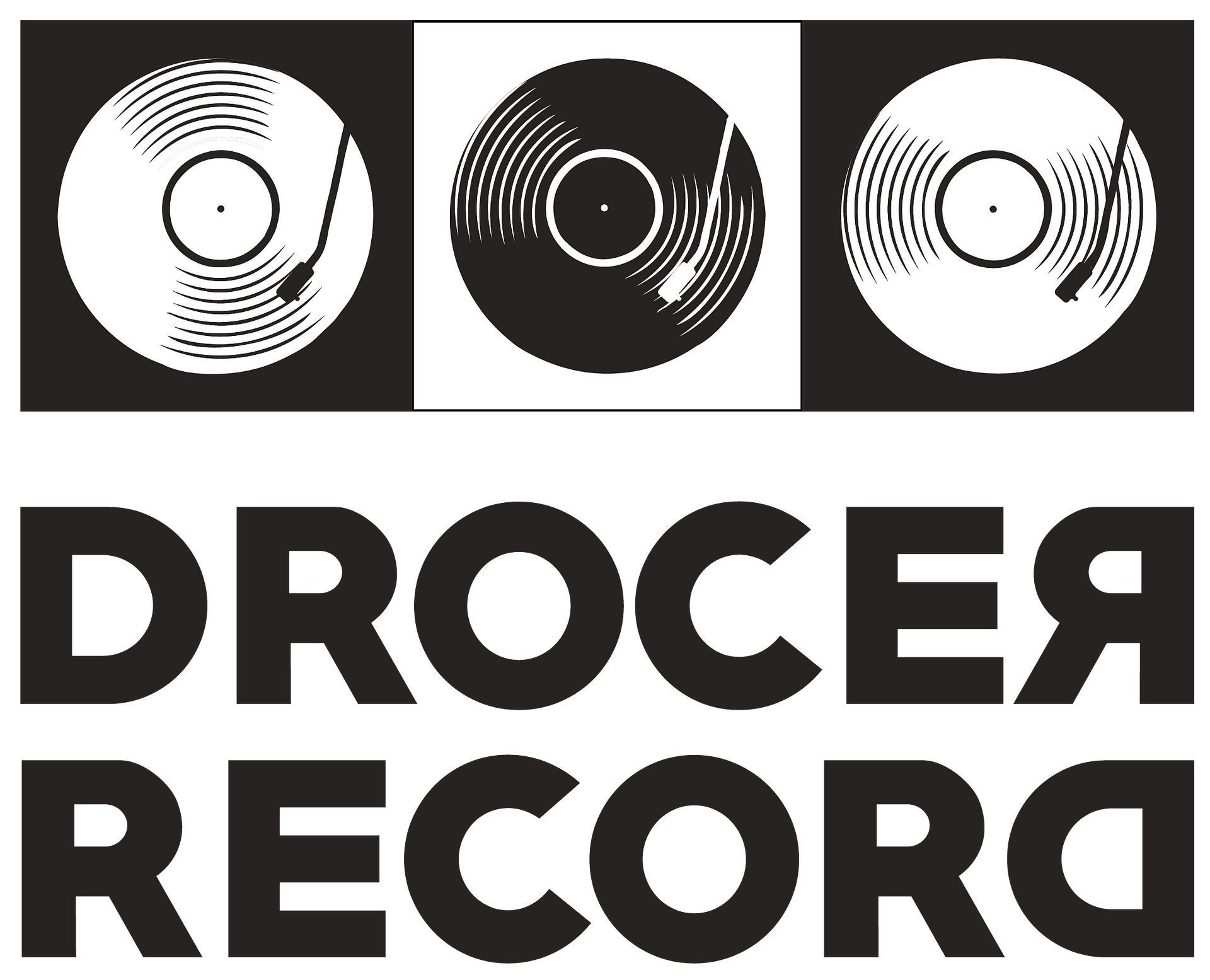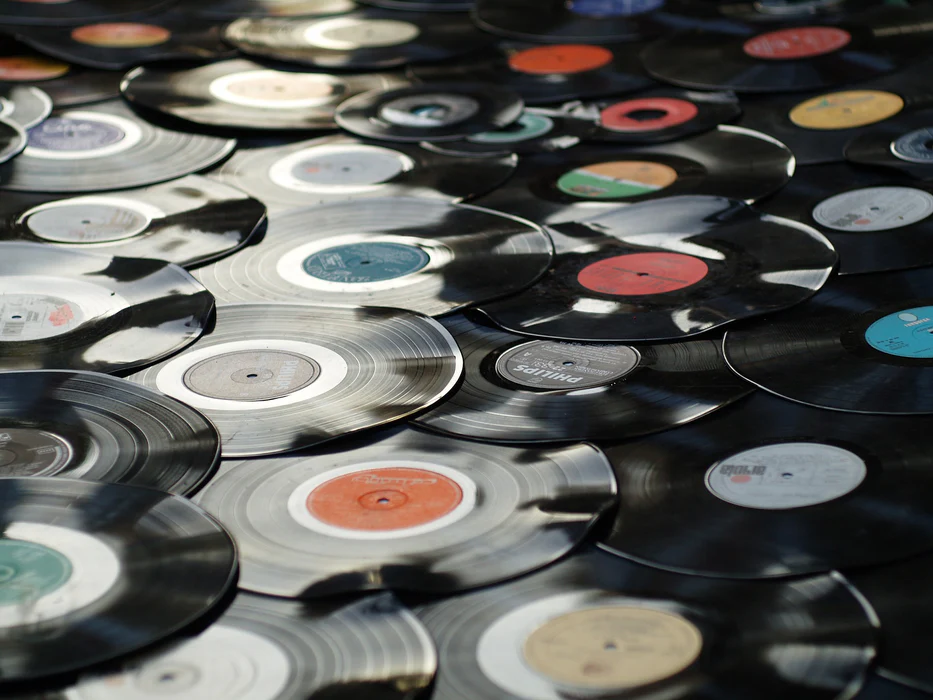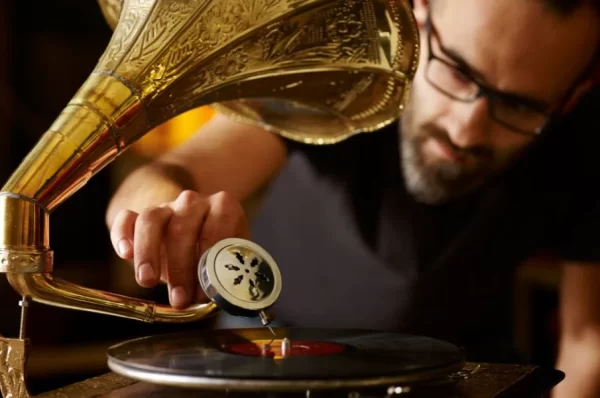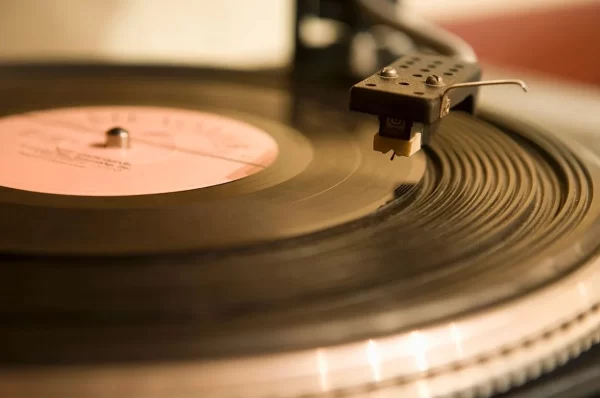Vinyl records, cherished for their rich, warm sound, have become an iconic symbol of music history and culture. Understanding how these records are made reveals a fascinating blend of art and science, spanning from the initial recording studio to the final pressing and packaging. Here’s a detailed look into the entire process of creating vinyl records, step-by-step.
1. Recording the Music
The first step in creating a vinyl record is the recording session, where artists perform and record their music in a studio. Today, recording is typically done digitally using high-quality audio equipment that captures each nuance of the performance. However, some purists still record on analog tape to preserve a more authentic, vintage sound that will later be transferred to vinyl.
In either case, the recording engineer carefully adjusts levels, microphones, and effects to capture the best possible sound. Once recording is complete, the raw tracks go to the next step—mixing and mastering.
2. Mixing and Mastering the Track
Mixing involves combining all the individual audio tracks, like vocals, drums, and guitars, into a balanced final version of the song. Audio engineers use various techniques to ensure that each instrument can be heard clearly and that the track has the right tone, ambiance, and spatial effects.
Mastering follows mixing and is crucial for vinyl records. Vinyl has physical limitations, such as a narrower range for bass frequencies, that require specialized mastering adjustments. During mastering, engineers use Equalization (EQ) and compression to balance the track and prepare it for transfer to the vinyl format. A skilled mastering engineer will ensure the sound will be clear, deep, and dynamic on a vinyl pressing.
3. Creating the Lacquer Disc
After mastering, it’s time to create the physical medium for the music, starting with the lacquer disc. This step is often called cutting the master. A lacquer disc is typically a 12-inch aluminum disc covered in a soft layer of nitrocellulose lacquer.
Using a lathe, a machine with a diamond-tipped stylus, the sound waves of the mastered audio are translated into grooves on the lacquer. The stylus vibrates to the frequency and amplitude of the sound, cutting grooves that will later be pressed into the vinyl. The groove’s width and depth vary according to the sound, with louder or bass-heavy sounds requiring wider grooves.
This process must be incredibly precise, as any error can result in distortions or imperfections in the final pressing. Engineers will inspect the lacquer for consistency and clarity, making sure the grooves are accurate.
4. Electroplating and Creating the Master Stampers
Once the lacquer disc is approved, it undergoes an electroplating process to create metal stampers. This step is crucial, as these metal plates will act as molds to press the actual vinyl records.
The electroplating process involves coating the lacquer disc with a thin layer of silver or nickel to make it conductive. Then, the disc is immersed in a nickel bath, where an electric current passes through it, causing a metal layer to build up on the surface. This process creates a metal “negative” of the lacquer disc, called a father.
From the father, a mother plate is made, which is a positive copy. Then, multiple stamper plates are made from the mother, each serving as a mold in the pressing stage. This multi-step process ensures that the mother remains pristine, allowing new stampers to be made as needed for pressing more records.
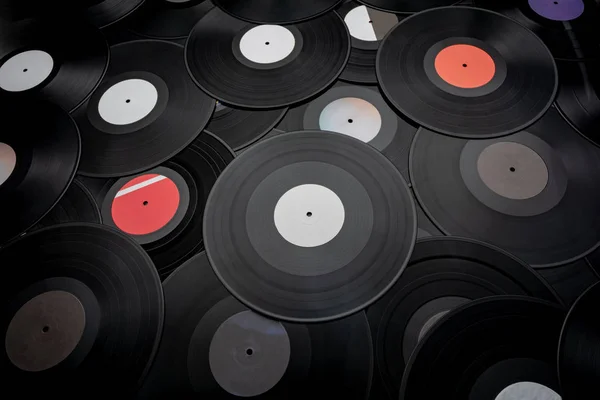
5. Vinyl Pellet Preparation
The raw material for vinyl records is polyvinyl chloride (PVC), a plastic known for its durability and flexibility. PVC is melted down into small pellets, which are typically black due to the addition of carbon. However, colored or clear vinyl can also be produced by using different dyes.
These pellets are heated and pressed into a flat shape called a biscuit, which looks like a puck or small cake. This biscuit will eventually be squashed into the final record shape, with the grooves stamped into it by the stamper plates.
6. Pressing the Record
The pressing stage is where the physical vinyl record is formed. Each biscuit, along with a label on either side, is placed between two stamper plates (one for each side of the record) in a hydraulic press. The press then applies around 300 tons of pressure at a temperature of around 300°F (150°C), flattening the biscuit and transferring the grooves from the stamper plates onto the vinyl.
The entire process takes only a few seconds per record, but achieving a flawless pressing is essential. Too much heat or pressure can cause warping, while too little can result in poor sound quality or incomplete grooves.
Once the vinyl cools, it’s removed from the press and trimmed to ensure a smooth, uniform edge. A hole is punched in the center, allowing it to fit onto a turntable spindle.
7. Quality Control
After pressing, each vinyl record goes through quality control to ensure it meets the desired standards. Inspectors check for visual imperfections, such as scratches, warping, and uneven edges. They also conduct audio tests by playing a sample from each batch and listening for issues like pops, clicks, or distortions.
High-quality control is especially important for audiophile-grade records, where collectors expect the best possible sound. Some records may also go through de-horning, a process that smooths out microscopic jagged edges along the groove walls, resulting in less surface noise.
8. Packaging and Labeling
Once approved, the vinyl records are cleaned and placed in protective inner sleeves to prevent dust and static. Then, they are packaged in an outer sleeve with artwork and branding.
The artwork and packaging are often as cherished as the record itself. Record labels take special care in designing these elements, knowing that vinyl buyers value the tactile and aesthetic experience as much as the music. Some records come with additional inserts, such as lyric sheets, posters, or download codes.
9. Shipping to Stores and Customers
With packaging complete, the records are boxed and sent to distributors or directly to stores. Vinyl records are fragile and susceptible to warping or cracking, so proper packing with padding and protection against humidity and temperature changes is essential.
Vinyl records reach music shops, online retailers, or are shipped directly to buyers. This distribution stage is essential for ensuring that records arrive in pristine condition, ready to be enjoyed by listeners.
Why Vinyl is Still Popular
The resurgence in vinyl’s popularity can be attributed to several factors. Audiophiles argue that the analog format delivers a warmer, richer sound compared to digital formats like MP3s. Additionally, vinyl’s large cover art, tactile nature, and collectability make it a favorite among music enthusiasts. The entire vinyl production process, while complex and time-consuming, contributes to its appeal.
For many, listening to a vinyl record is an immersive experience. Each aspect, from the pressing of the record to the design of the cover art, is crafted with care, connecting listeners to the music on a deeper, more intimate level than digital media often allows.
Also Read: – How to sell vinyl record collection
Conclusion
Creating a vinyl record is a multi-step process that combines craftsmanship, artistry, and scientific precision. From recording the music and mastering it to creating stampers and pressing the final product, each step is handled meticulously to ensure high quality. It’s a process that takes time and care, but for vinyl fans, the result is a treasured artifact that delivers an unparalleled listening experience. This process highlights the enduring appeal of vinyl records and why they continue to captivate music lovers across generations.

An Electronics Engineer & A MBA in Marketing Graduate, Kinjal Gosar is a passionate audiophile herself. Starting her career at India’s biggest Consumer Electronics Retail Chain, her technical knowledge is amazing. Classic Rock has been a huge part of her life and her love for Music has always been evident in all her work. A vinyl collector herself, she loves spreading the joy of analouge while giving nothing but the best to her fellow vinylheads.
